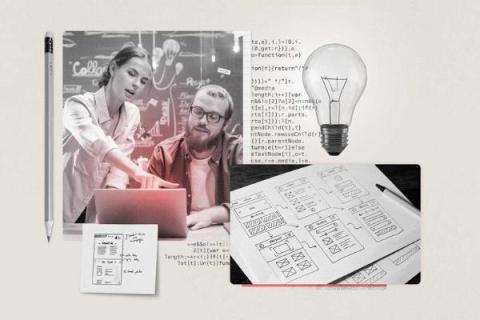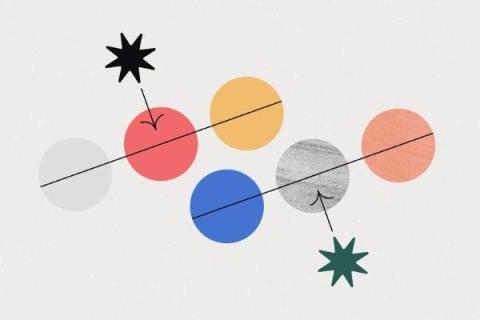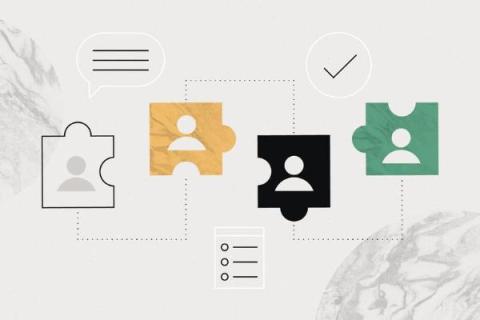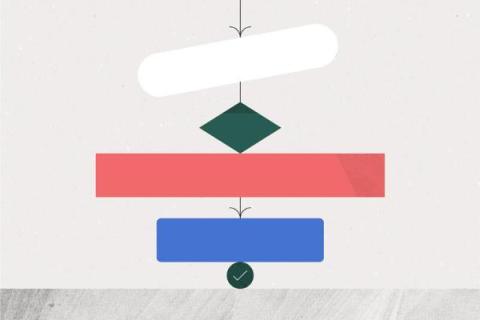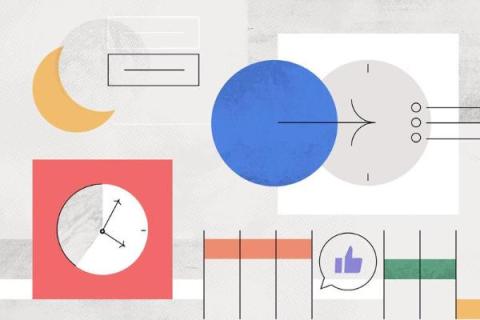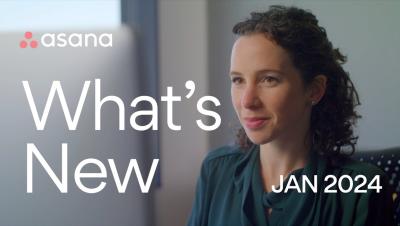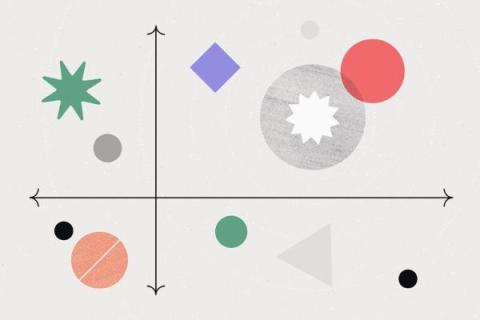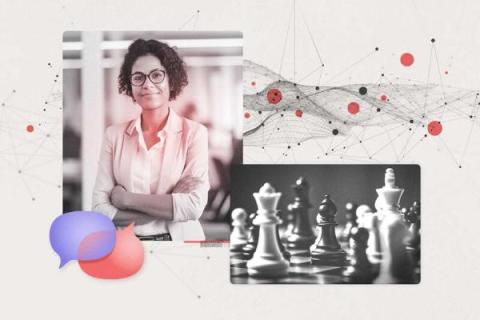Teams | Collaboration | Customer Service | Project Management
Asana
Work Innovators: Predictions to transform your organization in 2024
What is strategic planning? A 5-step guide
What is a bill of materials (BOM)? Free template and examples
4 steps to create an effective employee onboarding process
Free SOP template: A standard operating procedures guide
Timeboxing: The goal-oriented time management technique
Timeboxing is a simple but efficient time management method where you set an allotted time to work on a task, then evaluate your progress afterward. This gives you valuable control over your schedule. Because the timeboxing technique is so versatile, you can apply it to both project management tasks and your day-to-day to-do lists. We’ve all had that 30-minute task that spirals out of control and takes up a whole day’s work.
What's new in Asana | January 2024
How to create a perceptual map: Perceptual mapping template
A perceptual map is a chart used to illustrate where a product or brand and its competitors are positioned according to consumer perception. Learn how your brand can unlock industry insights through perceptual maps and identify paths into new marketplaces. When it comes to positioning your brand or product in the marketplace, consumer perception is king. But for marketers, it can be difficult to distinguish between your actual position and where you perceive yourself to be.
6 tactics for scaling resource management in enterprise orgs
Managing resources effectively is crucial for large enterprises to succeed. As organizations grow in size and complexity, work that was once manageable becomes a multifaceted challenge as more projects, cross-functional teams, and objectives enter the mix. Often, enterprise leaders find themselves tackling demands and shifting priorities to maintain efficient and effective resource management.


